Even though I grew up in a household that played video games, I never really played them. I would always find more enjoyment in watching people play than playing the game myself. However, after a friend showed me SpeedRunners, I began having second thoughts about only watching.
SpeedRunners is a game in which you can share the enjoyment with your roommates, friends back at home, and even random people online. In my experience, it is best played when all the players sit with each other in front of a single monitor, as everyone playing the game can witness each other’s live reactions in person.
It’s a game that anyone can pick up, including someone who has never touched a controller before. Everyone plays on equal grounds, no unique in-game character advantages. The controls are simple: sprint, jump, slide, and activate powerups. The objective of the game is to be the last player on the screen, beating out the other competitors in a race.
The course is guided by the screen, moving only as fast as the leading player, making the screen itself an arena. Courses in the game are not unending, but the course loops if more than one player reaches the end of the course. The players fight and race while the bounds of the screen continue to shrink. The smaller field of vision calls out the slowest runners, as those that fall behind and are consumed by the border are eliminated from the round.
The fun doesn’t end when you’re knocked out, as watching your friends compete is equally as engaging. From 4, down to 3, to finally 2 competitors, the stakes are highest as the remaining racer is crowned the winner of the round. The winner of a match is selected by the first player to reach 3 wins. Once the game ends, the most important question is asked, “Do you want to play again?” The most common answer to this is yes.

References:
https://store.steampowered.com/app/207140/SpeedRunners/
– Shwe Khin






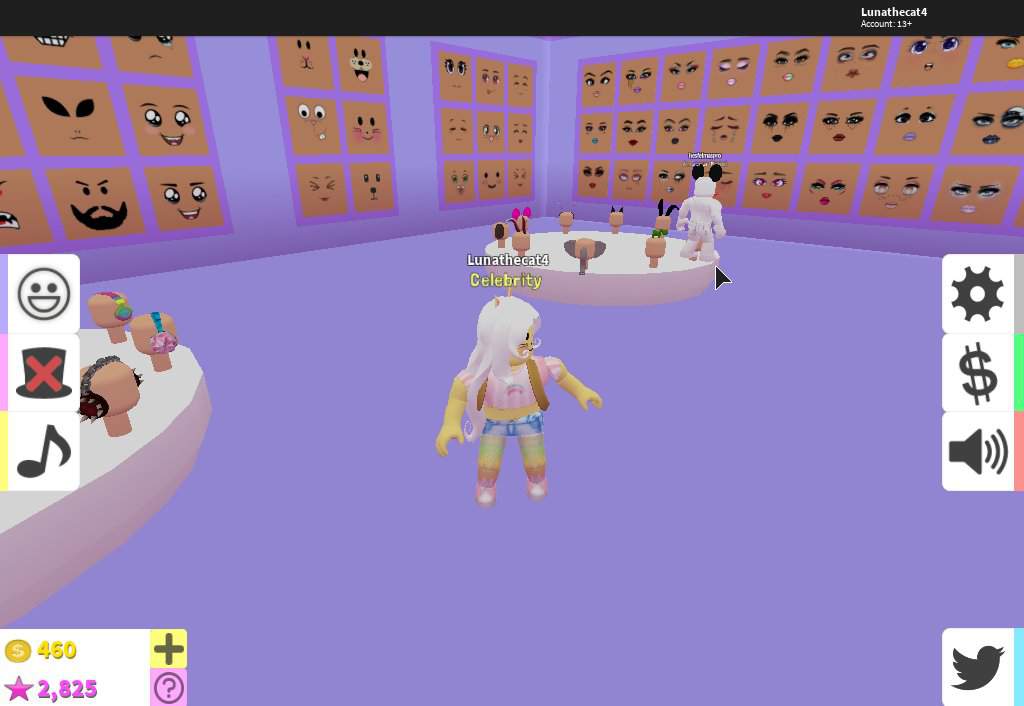




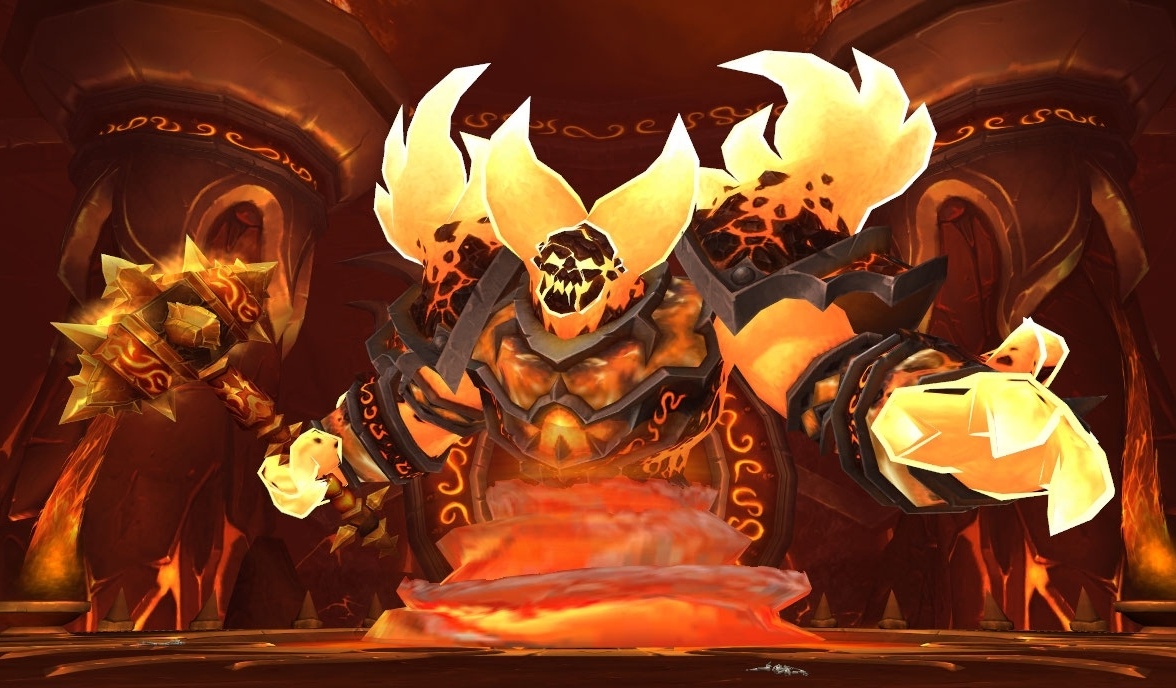
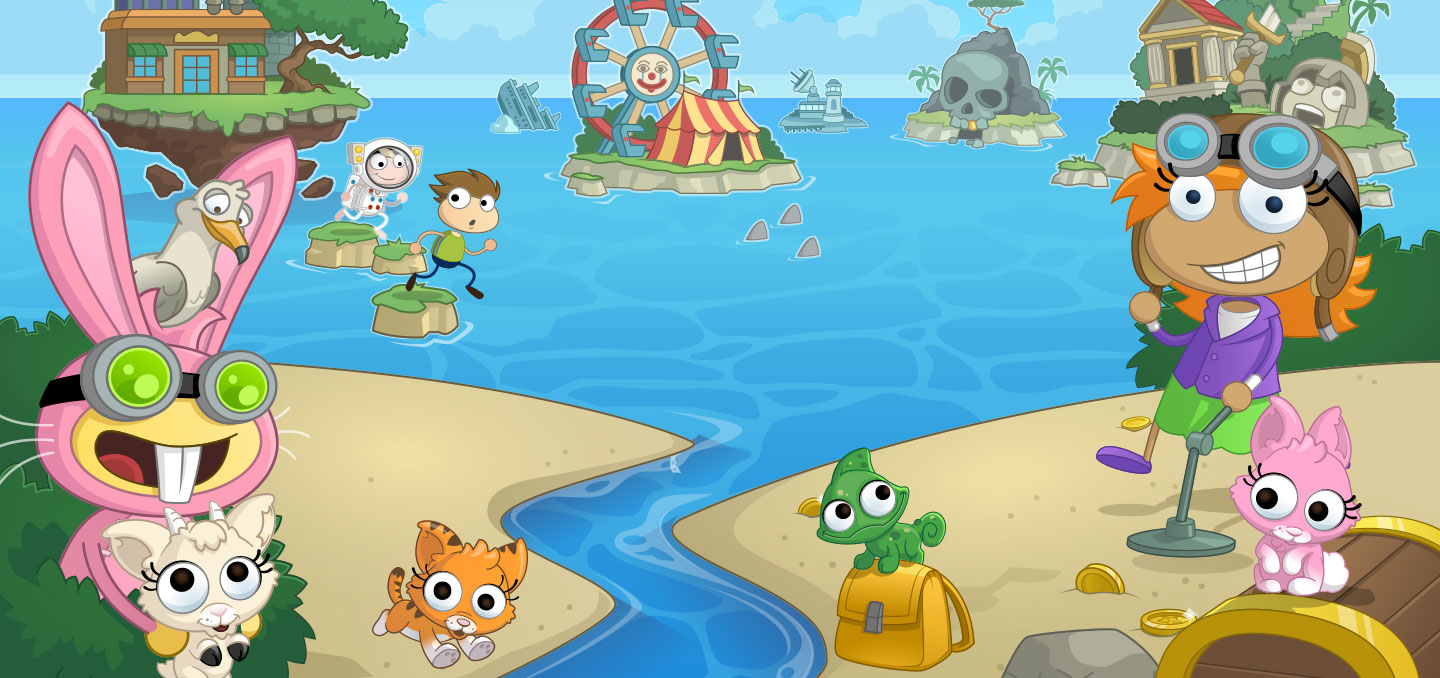

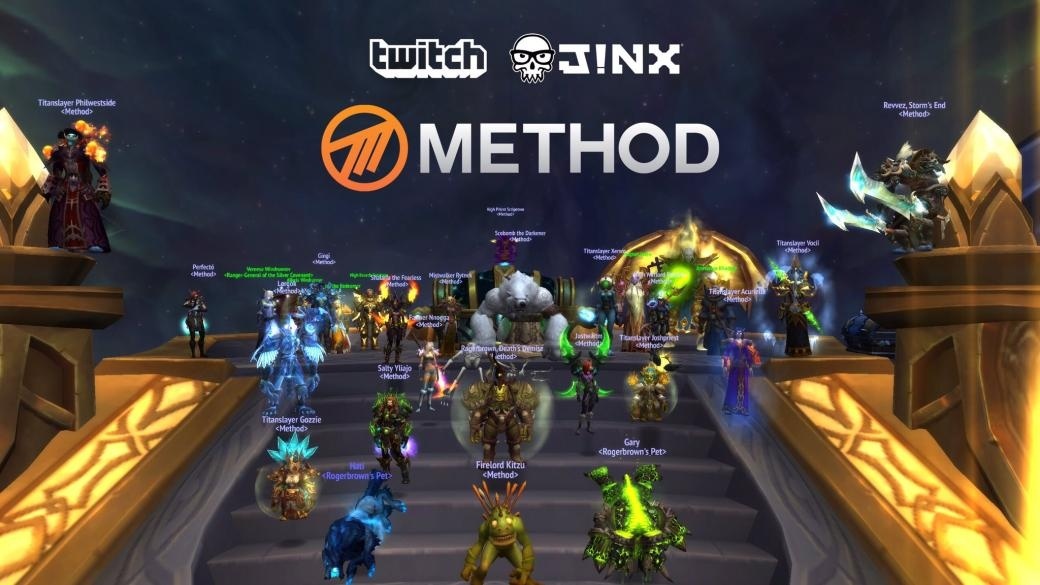



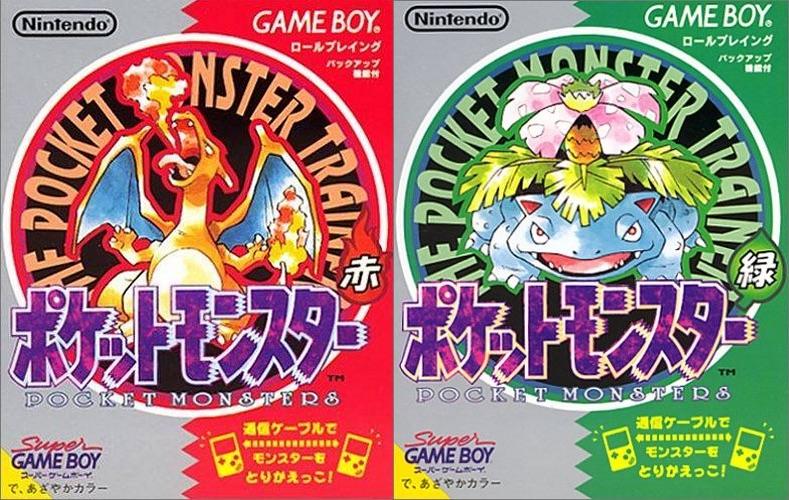

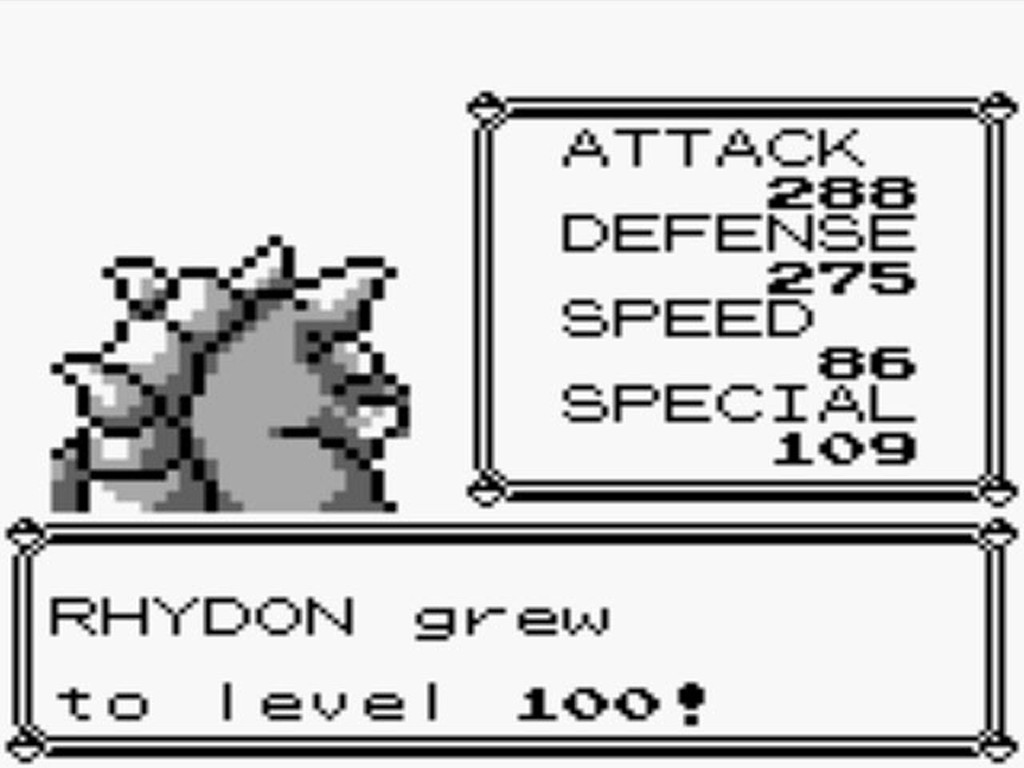
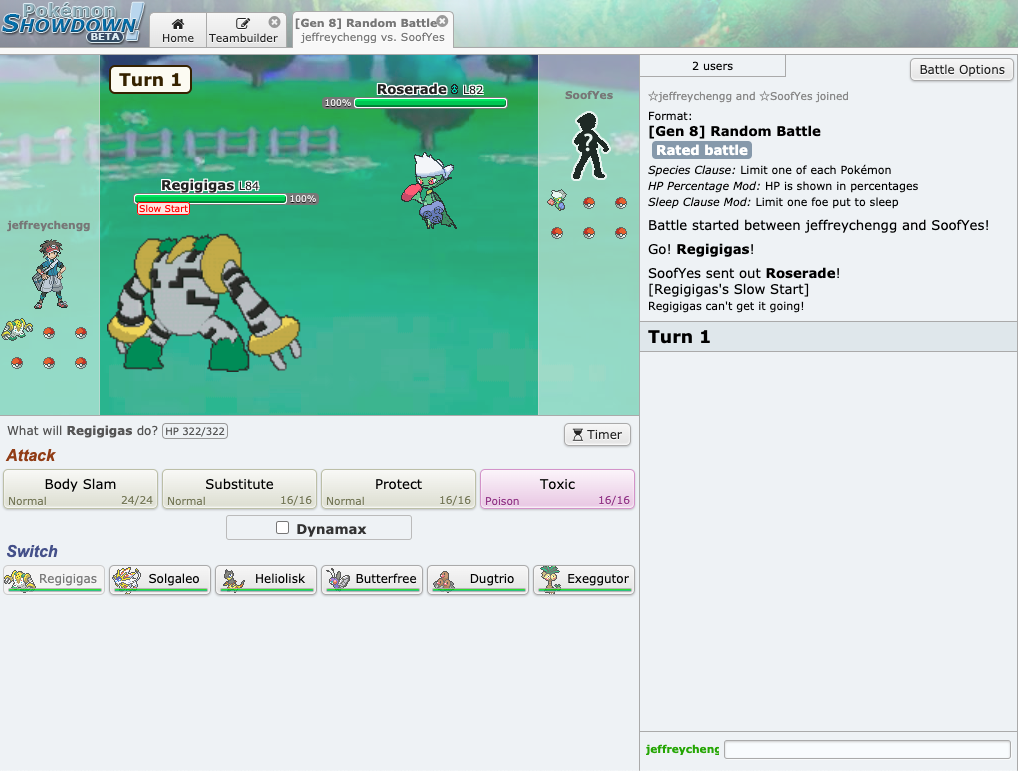

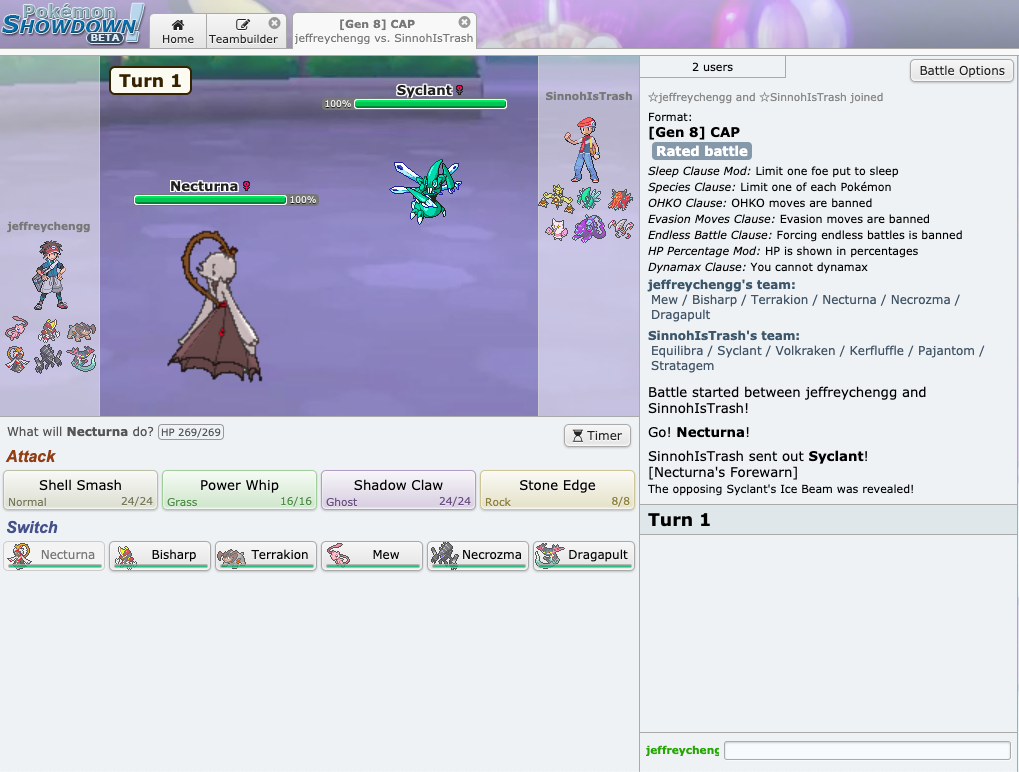
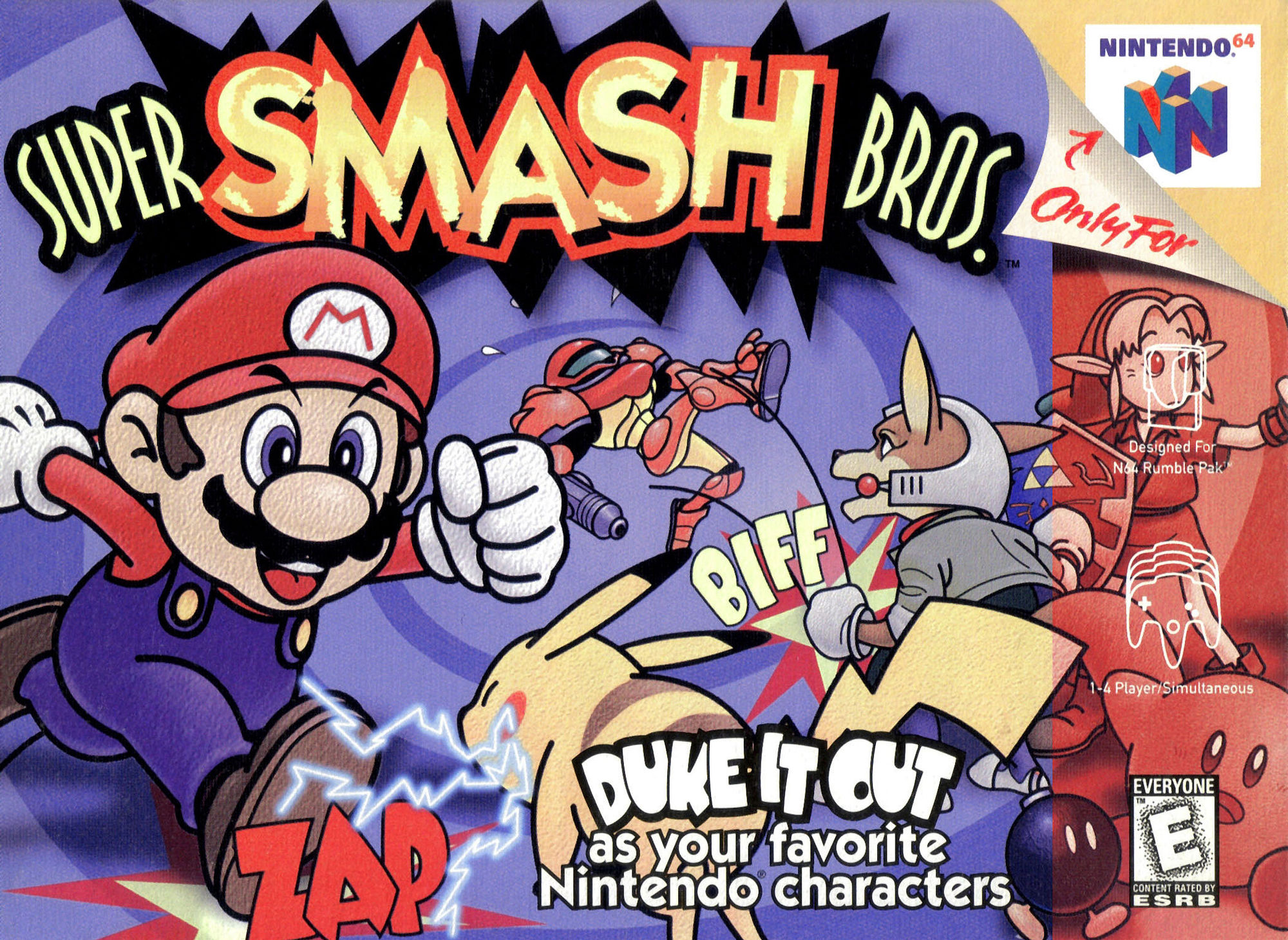
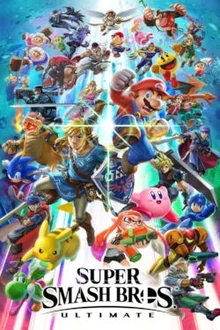

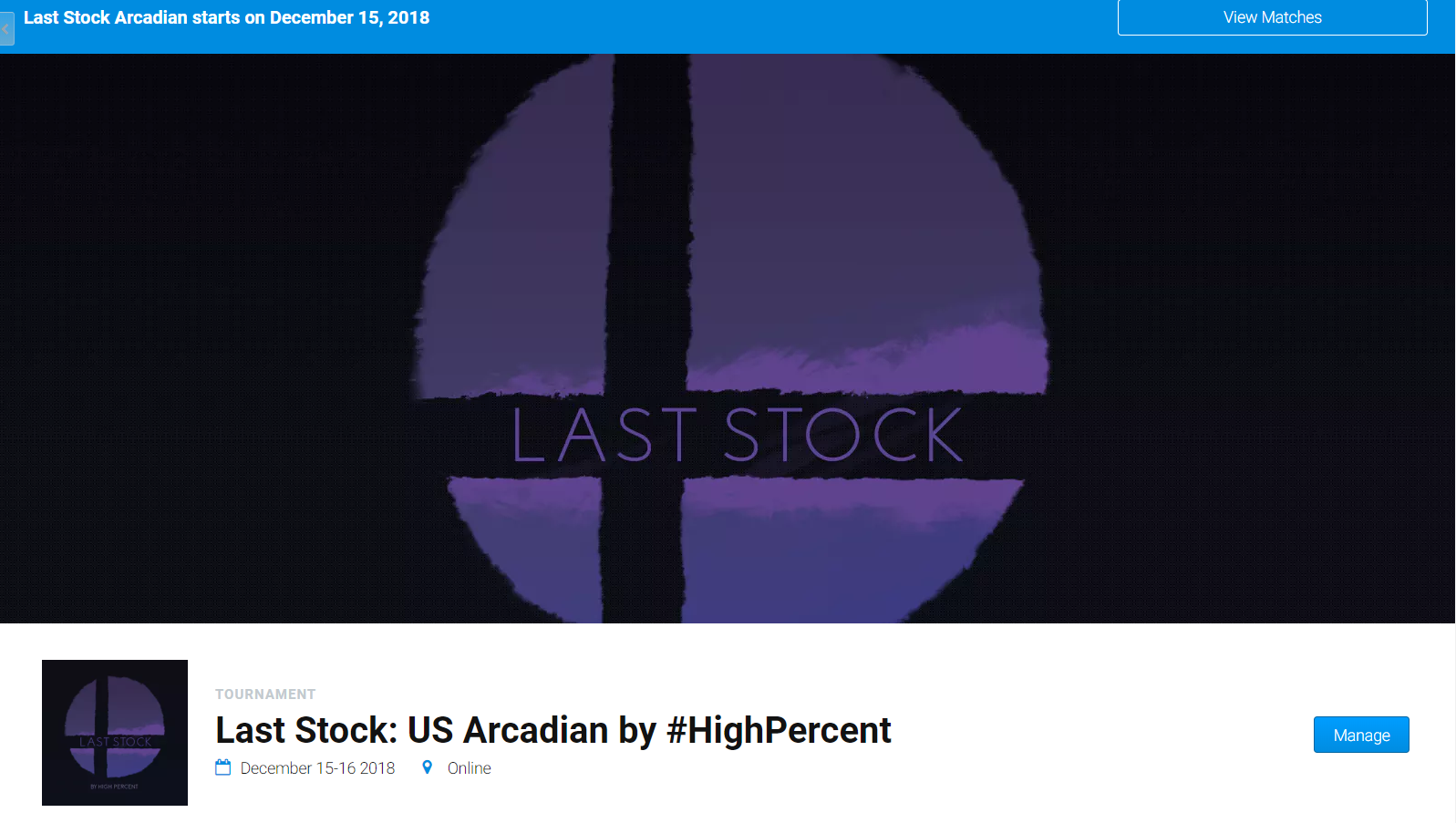
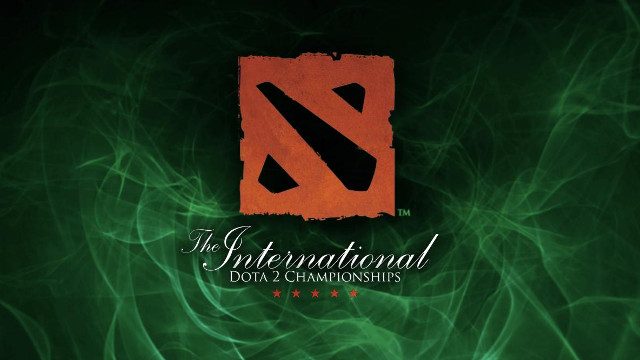


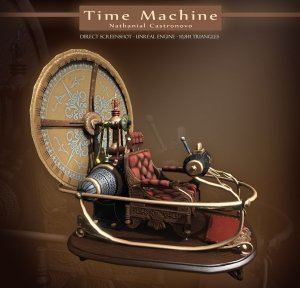


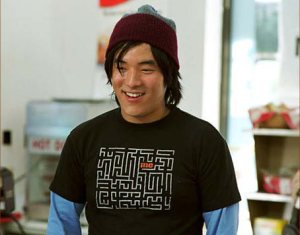


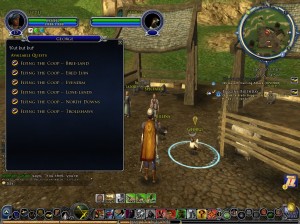
You must be logged in to post a comment.